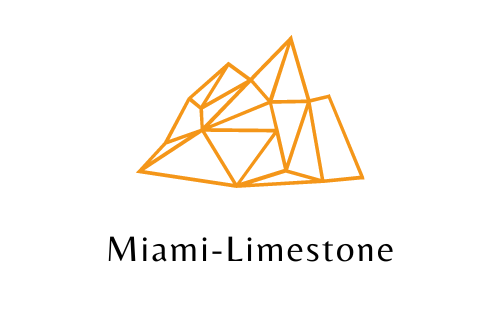Can I mix limestone with cement?
Limestone is a common rock that accounts for around 10% of all sedimentary rocks. Limestone is composed of calcite and aragonite. Many limestones are formed from the skeletal pieces of marine creatures. Many people throughout history have realized limestone’s potential and employed it as a building material. The famous pyramids of Egypt, as well as many other landmarks, are made of limestone. Because of its hardness, endurance, and availability, it was also popular during the Middle Ages. Many medieval churches and other monuments are still surviving today. Limestone is sometimes used in toothpaste as a color.
In addition to the value of quarried limestone slabs for building materials, limestone is used in cement. A discussion of cement necessitates a distinction between cement and concrete, despite the fact that the two terms are frequently used interchangeably. Cement is simply one of the components of concrete, which also includes sand and gravel or crushed stone. Cement account for 10% to 15% of the total mass of concrete; however, the exact proportions vary from one mixture to the next, depending on the type of concrete being made.
What is limestone cement?
Portland Limestone Cement (PLC), also known as Type 1L cement, is a cutting-edge substance that is changing the way the construction industry uses concrete. It is a form of blended cement containing 5 to 15% limestone. The substance itself performs similarly to normal concrete, yet it has other advantages. What makes it so popular is that the limestone ingredient reduces its carbon footprint by 10%. One of the reasons for its growing popularity in the United States is the greater emphasis on sustainability. PLC has been authorized by the Department of Transportation in many states as an environmentally friendly alternative to regular cement, with more expected to follow suit in the near future.
Is limestone good for concrete?
Because of its advantages as an aggregate, limestone is increasingly being used in the construction industry. Some of these advantages include high strength, a low risk of alkali-silica reaction, and less drying shrinkage in concrete.
Sustainability
The cement sector is one of the biggest emitters of CO2, mainly due to its production process, which involves heating minerals such as clay and limestone in a kiln. With cement being mass-produced on a large scale to shape the roads, dams, bridges, sidewalks and buildings around us, sustainability has become a major concern. All aspects of construction are being looked into for reducing environmental impacts and embodied carbon levels. As a result, it is increasingly important to look at how we can reduce the environmental impact caused by this essential material.
By replacing some of the cement’s clinkers, which are the most energy-intensive ingredient, with limestone, you can reduce carbon emissions from cement production. Because limestone grinds finer than clinker, the particle packing is much denser with increased particle distribution. For years, the goal of modifying the concrete mix to use lower carbon ingredients to replace higher carbon materials has been in the spotlight. The most significant advantage of PLC is that it is far more environmentally friendly than standard cement products. Many people in the construction industry prefer it because it can reduce a product’s carbon footprint by 10%. However, there are still potential hazards that must be taken into consideration.
Which is better: gravel or limestone?
Gravel and limestone are excellent materials to use for building roads, walks or other landscaping projects. Understanding their composition is essential in making an informed decision. Both provide distinct advantages, but it’s important to know what each one is made of before determining which one is the best fit for your project.
Gravel
Gravel is a loose mixture of various types of stones and pebbles that have been eroded smooth over time and is found naturally in and around bodies of water such as lakes and rivers. Because gravel is made up of various types of rock at various stages of erosion, pebble sizes usually vary slightly. To be classified as gravel rather than sand, all rock fragments must be larger than 2 millimeters in diameter.
Limestone
A limestone is a single form of rock and one of the most frequent types of rock on Earth, accounting for around 10% of all sedimentary rocks. Limestone is commonly found in gravel, however, it can also be employed as an entity for comparable reasons. It is composed of calcium carbonate and has a more jagged and bulky appearance than gravel. Individual pieces of limestone landscaping will normally come in a variety of sizes. As you can see, gravel and limestone are very comparable materials that can be used in a number of landscaping projects. However, there are a few things to consider before making your decision.
The Factors
It’s important to know the composition of gravel and limestone before deciding which one is the ideal material for building roads, paths or other landscaped areas. Each have their own advantages, but by understanding their makeup, you can make an informed decision on which one is best suited for your project.
